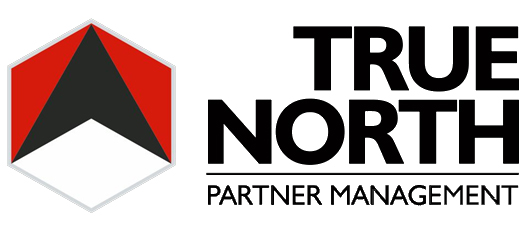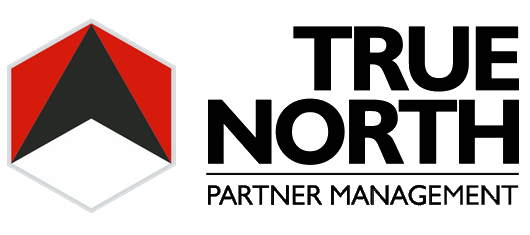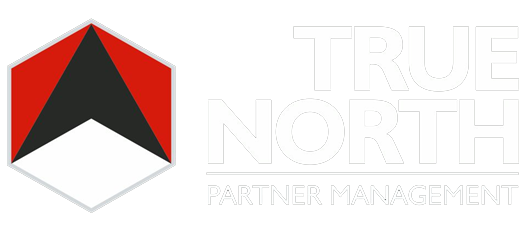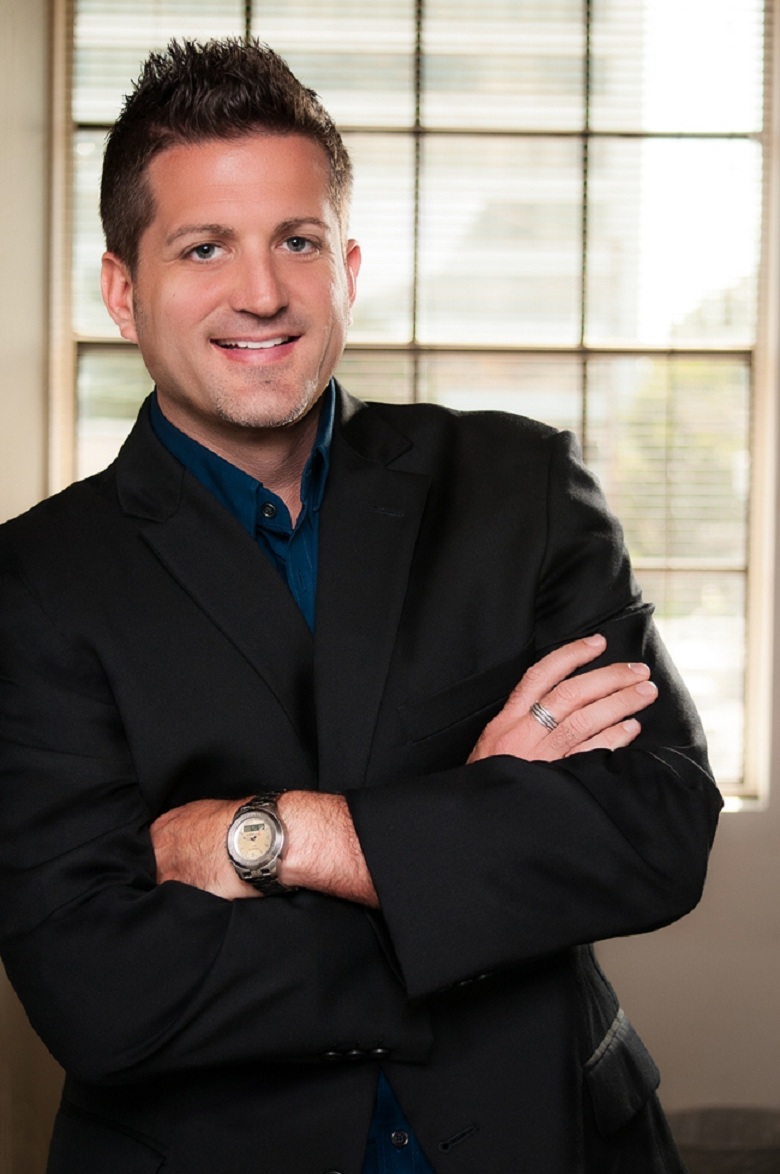The following post originally appeared on Forbes | March 23, 2015
TV is a fickle business. I’m only good for the length of my contract. Tom Brokaw
The Brokaw quote comes from a September 1976 issue of people magazine, and echos a sentiment that has followed us, as a race, for centuries. It is difficult to argue that we are a finicky sort, and there are few industries that prove this more so than the media. Viral videos capture attention—on a massive scale—and then vanish. Objectionable characters catch our attention, and at their zenith, disappear behind a cloud of scandal. Like a school of herring, darting here and there, our collective attention often chases after whatever comes next. And with so many more platforms and the accessibility of phenomenal technology, options for viewership have skyrocketed, feeding the movement. Considering Tom Brokaw’s 1976 quote, I am wondering what he would have to say about the industry today.
At its foundation, this illustrates the incredible challenge of capturing an audience’s attention; a most important event for any business. And if there is an industry that knows how to grab attention, it is media production. To learn more about the industry, and what it takes to wrangle an audience’s attention, today we hear from Adam Reed, executive vice president of full-service production company Thinkfactory Media, and the youngest producer to be included in The Hollywood Reporter’s “Reality Power List.”
In addition to Adam’s prior career in advertising—he created and directed the largest campaign in the history of Partnership for a Drug-Free America—he has been involved in, among other projects, the creation and production of multi-season, hit reality TV (unscripted) shows like Gene Simmons Family Jewels, Preachers’ Daughters, and Marriage Boot Camp, as well as franchising the highest rated series in the history of TV One, R&B Divas: Atlanta, with the spin-off R&B Divas: Los Angeles. See our exchange below:
On The Business Of Media Production
Parnell: From a higher vantage point, can you talk to me about the business of television production?
Reed: I think we like to make things look easy, but in truth, it takes a lot of work to make everything look so simple. There are so many elements that go into creating a television series that the public simply doesn’t see, from the development of an idea, to the physical production and execution of that idea, to finding the right team to mount the show. You also have to consider editorial of the show, and of course its time-slot, marketing, and PR.
No one element can be present alone. Rather, they must all work in tandem in order for a series to be embraced by an audience and ultimately succeed. My team [at Thinkfactory Media] works in both scripted and unscripted entertainment, and you’d be shocked to learn how very different the challenges are that are posed by those two worlds. The process for scripted is much longer, with many more layers for the network to weigh in on, including wanting name writers and directors. The unscripted process is much quicker, and is based much more on the idea, character, and format. With unscripted TV we can be in production on a series 4 weeks after we pitch it. That process could take 4 months to 4 years in the scripted world.
On Pitching TV Shows
Parnell: Pointing out the obvious, the volume of shows has increased, dramatically. What does this look like behind the scenes? How many shows are being pitched versus picked up?
Reed: The good news is that there are more buyers than ever: networks, online, cable, Netflix, Amazon, and others. The bad news is that budgets seem to be shrinking for available programming while buyers continue to expect the highest level of production quality. If I had to take a guess, I would say that 1 out of every 100 pitches a network receives moves into the development phase, with the possibility of turning into a series.
Although it seems like the American public is deluged with 10 new TV series a day, the percentage of actual idea development that makes it on air as a TV series is extremely narrow. In order to accommodate the changing wants and needs of networks, you have to be nimble and able to anticipate what they might be looking for in the future. At any one time I will have at least 50 ideas in active development. The end game for Thinkfactory is not just a pilot, or a season one of a series, but to create unique franchises that will be long-lasting. We were able to do this successfully across many different networks with Gene Simmons Family Jewels–168 episodes and 7 seasons—as well as Marriage Boot Camp Reality Stars, Preachers Daughters, R&B Divas, and more, which is part of what has helped [Thinkfactory Media] become such a trusted production company in the industry.
On Dealing With The Talent
Parnell: What is it like on the talent side of things? I keep seeing things pop up in the media about reality TV stars, in particular. What has your experience been?
Reed: When you’re in the business of finding great characters and telling great stories, there will always be egos and conflict. It’s ironic: I’ve worked with some of the biggest celebrities in the business and they’ve been some of the sweetest, most down to earth people I’ve ever meet. I’ve also worked closely with non-celebrities across a variety of reality shows, and some of them have had bigger egos than established artists. Part of what I love about this business is that every day is a new adventure. You literally never know what idea, concept, character, or world is coming into your life next, and that’s what keeps me engaged and motivated.
On The Effects Of Technology On The Industry
Parnell: With all of the mainstream platforms available to the average person nowadays, how has this affected production houses like yours?
Reed: I think networks are concerned and unsure about the number of platforms that are now available to the public because they allow people to not only consume entertainment, but to make and distribute it on their own. I think it’s a part of the reason why viewership levels are down across the board. And while it worries many, it really excites me. I feel like this new world in media is a bit like the Wild West in that there are countless online opportunities for viewers and creators of content. I think it has empowered audiences to create and make their own decisions without being beholden to schedules, time slots, and networks. The real question is, who can figure out how to truly understand this trend and capitalize on it without usurping the ultimate power of the consumer? It’s an incredibly exciting time, and while I can’t reveal details at this time, we have a few projects in the works that, if successful, could completely transform the media landscape.
On The Evolution Of Media Appetites
Parnell: Can you talk about the evolution of the average media consumer over the last 10-15 years? What are people interested in, now? How has that changed over the years?
Reed: It’s interesting, everything is cyclical. I see trends come and go. And if you stay around long enough in this business, you’ll find that they just keep coming back. In the TV world, we see trends swing from “loud and outrageous,” to “inspiring and uplifting,” and everything in between. I think it’s fascinating to witness one network strike gold with a hit, and then like-minded shows start popping up across other networks. Most of the time it doesn’t work, but imitation is the sincerest form of flattery.
I like getting ahead of the curve and being the one setting the trends, not following them. I think the key in determining the appetites of the general public is to really pay attention to Middle America, since they are typically the ones swaying the success of a series one way or another. I think people residing on the coasts tend to have a slightly warped sense of “reality.” They may set a trend, but for it to really catch on, it needs to be adopted by Middle America, where there’s a larger concentration of people with similar tastes.
The American public can be fickle—it’s just who we are—but that also keeps the business exciting because it forces you to keep reinventing what comes next.
On Media Consumption And Human Attention
Parnell: What does this tell you about human attention? The things that interest us? Cause us to take notice? I see some things that go viral, and really have difficulty determining why…
Reed: I think our attention span is small, and is getting even smaller, simply because of all the things that have been made available to us. Everything we want and need is at the tip of our finger, at the push of a button. So instead of immersing ourselves in just a few things, we’re becoming engrossed by a wide variety of smaller things that are easier to consume. So do we embrace this transition, or do we resist it?
I think at the end of the day content is king. If you create something entertaining, whether it is 2 minutes, 20 minutes, or 2 hours long, people are going to absorb that content. When things go viral and really get mass attention, it’s because for one reason or another, we are all identifying with the content and consuming it as a whole. We’re continuing to be faced with more and more distractions in our day-to-day lives. So it is incumbent upon people like me, as a content creator, to create things that truly engage an audience and allow them to connect with what they’re viewing.
On Common Threads Of Engaging Content
Parnell: Out of the shows that you have seen the most successf with, what are the attributes, or common threads, that these shows share? In other words, what are the things about the show that catch and hold the attention of the audience?
Reed: If I had to boil it down to one common attribute of the most successful shows that I have produced, it would be finding great characters to anchor the show around. I believe that if you look at some of the most successful shows out there, whether it’s a format or docuseries, the audience is responding to, and identifying with, the characters. Whether outrageous or relatable, the outcome is the same: the audience can’t stop watching them. We are such a voyeuristic society that the audience wants to sit back and say, “Wow, they are crazy. I’m glad I’m not them.” Or “They are so relatable. I am rooting for them.” Or “Wow, someday I want to be them.” In all three instances it creates audience engagement. The shows that don’t strike at least one of those chords with an audience oftentimes fail to succeed. If you hit the trifecta and touch on all three—which is rare, but possible—you can oftentimes see a big ratings boost. This goes for both scripted and unscripted programming.
On Applying His Knowledge To Business
Parnell: Taking the knowledge that you have of the general population’s media appetite, if you had to prepare for a talk or presentation of sorts, at a higher level, what would be the steps that you would take to do that? And this might even fall back on your advertising days…
Reed: I do a number of things to prepare; all of which I do on a day to day basis, already, but in more of a focused nature. I study audience or market research, which I already do weekly with my team, to see which trends are building and which are decreasing. I take an assessment of where each individual network and digital network are currently at, and figure out the needs of each, which is an evolving conversation, as the ways in which we consume content continues to vary and grow, thus the needs and wants of those networks continue to transform.
Equally as important as any practical or analytical research I would do is trusting my gut. Sometimes you have to throw all of the analytics, preparation, and research out and go with your gut. I can’t tell you how many times I’ve been told, “That will never work.” But I don’t take “no” for an answer, stick with my gut, and it usually pays off. I did this many, many years ago when I was first starting out. What was supposed to be me only directing one commercial, turned into the largest campaign in the history of the Partnership for a Drug Free America. Not only did I direct it, I was able to create it from the ground up. Why? Because although I did the research and looked at the trends, I knew that what would ultimately resonate would be real people, on camera, that other real people could identify with, telling first hand emotional, dramatic stories. When I honed in on the characters and their life experiences—which the advertising agency at the time was questioning—I was able to hook the audience, and one commercial turned into an entire two yearlong campaign that is still credited as one of the most successful campaigns in PDFA history. Moral of the story: Do your research, but trust your gut!
On Keeping Ahead Of The Media Industry Curve
Parnell: Talk to me about your latest project, Incufactory. How did this come about? What do you hope to get out of it?
Reed: The goal for us was to start a true incubator division for producers that may not have the level of experience that we have at Thinkfactory, but are talented and have great ideas that could turn into successful TV series with the right team behind them. The key to success in the unscripted business is volume, but volume combined with quality. By identifying key producers in the industry who are on the cusp of starting their own companies, and bringing them into the fold of Thinkfactory to share our resources and experience, we can collectively develop and sell more shows together. It’s a real chance for producers to ultimately build their own companies within the structure and backing of one of the most successful production companies in the business. They will be our partners on all fronts and we will both share in the collective successes and revenue that the venture brings in.
On The Future Of Media
Parnell: Looking out ten years from now, what do you think entertainment will look like? What changes do you see coming our way?
Reed: It will be vastly different. Don’t get me wrong: Content will always be king; and good content will always be the driver of the industry. The real change will be how the audience consumes that content and how it is delivered. The transition to on-demand content is continuing to grow. And I think that channels, as we know them today, with scheduled programming, will have really evolved. Interface options and available content will continue to develop, so you can watch whatever you want, whenever you want.
While linear viewing does seem to be holding up from a global standpoint, the trend towards on-demand viewing is growing exponentially. At least in the U.S., Thinkfactory Media evolves as our viewers do, which I think is key in figuring out how to deliver content and to monetize it successfully, all while allowing the consumer to feel as if they are the ones in control, and they will be.
@AdamReedTV
Email: [email protected] Twitter: @davidjparnell
Books: The Failing Law Firm: Symptoms And Remedies; In-House: A Lawyer’s Guide To Getting A Corporate Legal Position



